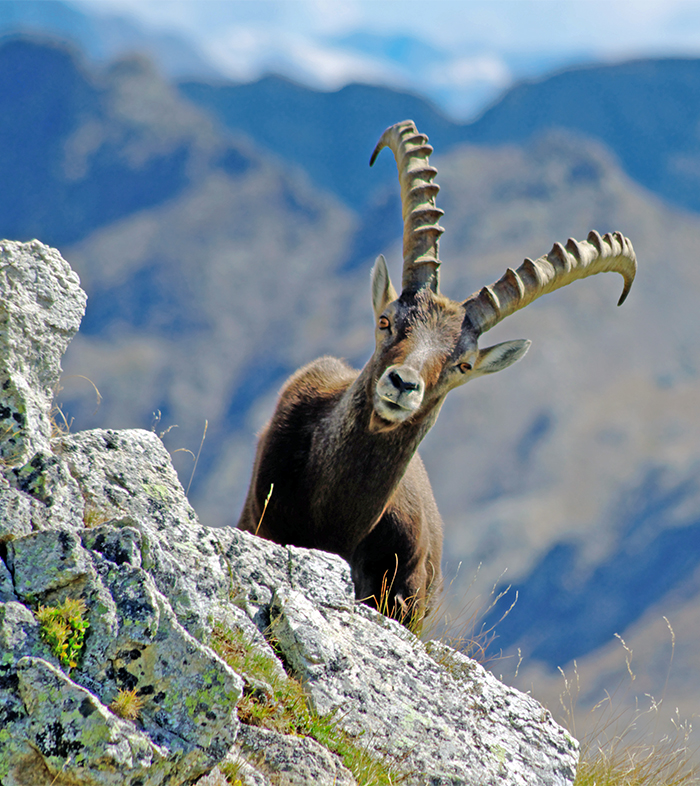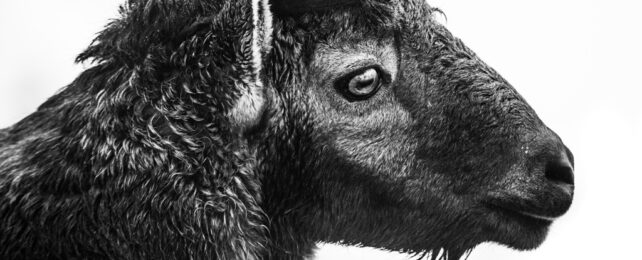Alpine ibexes usually descend from the safety of Europe's mountainous heights during the day to feast on grasses found at lower altitudes. But researchers tracking these animals noticed they've become increasingly less inclined to make this daytime vertical migration.
These big-horned goats (Capra ibex) now spend more time resting when it's light and foraging instead at night – a huge risk, given wolves stalk these areas under the cover of darkness.
"For this species, to be nocturnal is a problem – it's a big problem," University of Ferrara behavioral ecologist Stefano Grignolio told Benji Jones at Vox.
Ibex's open feeding grounds offer less cover to which they can flee from the wolves.
So University of Ferrara ecologist Francesca Brivio and colleagues expected to find higher nocturnal activity in Alps areas where wolves are not present, like in Switzerland. But this was not the case.
"We found that activity is higher in the areas with wolves," Brivio told Olivia Lee at The Guardian.
Rather, the 47 ibex the researchers tracked between 2006 and 2019 increased their nocturnal activity after days with high maximum temperatures. So it seems the warm-blooded mammals prioritize seeking refuge from heat despite an increased risk of encountering predators.

Once common throughout Europe, Alpine ibex dwindled to a mere 100 individuals by the 1800s as firearms became more popular among hunters. Thanks to hunting bans in 1854 and conservation efforts, the species rebounded, now numbering in the tens of thousands.
However, the low genetic diversity that persists in these wild goat populations keeps them vulnerable to several threats, including problematic mutations that increase susceptibility to illnesses. Now we've added further stresses by changing their home's climate.
"Ibex cope with warmer temperatures by becoming more nocturnal," the researchers conclude, pointing out this may not end well.
Alpine ibex's steep rocky habitat is likely more complex and a lot more taxing to navigate during darkness with daylight-adapted eyes, potentially reducing their capacity to feed and increasing their chance of becoming food themselves by shifting their most vulnerable activity closer in time to predator exposures.
Behavior adaptation is the fastest way animals can respond to rapid environmental change. In fact, human disturbances from hiking and gardening to mining and hunting are driving many mammals, including boars and coyotes, to become more nocturnal. We can now add climate change to this list.
Our interference is not only making some locations uninhabitable for our wildlife, but certain times of the day as well.
Whether across space or time, shifts like these are severing millions-of-years-old interactions between species, further unraveling the once functioning ecosystems that we rely on for our own survival too.
This research was published in the Proceedings of the Royal Society B.
